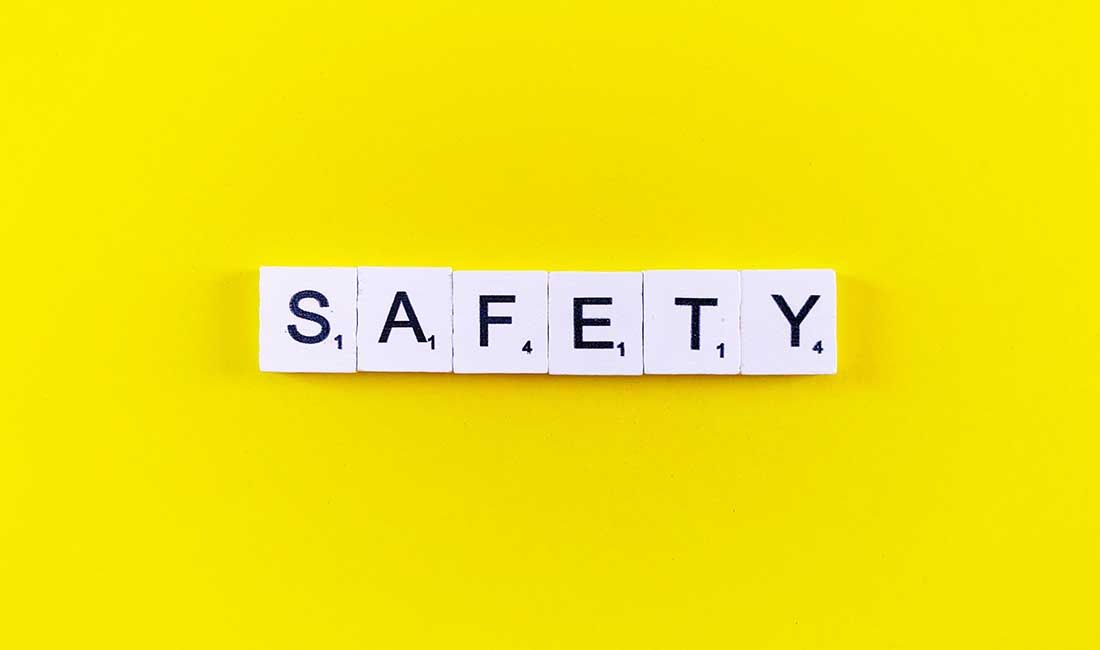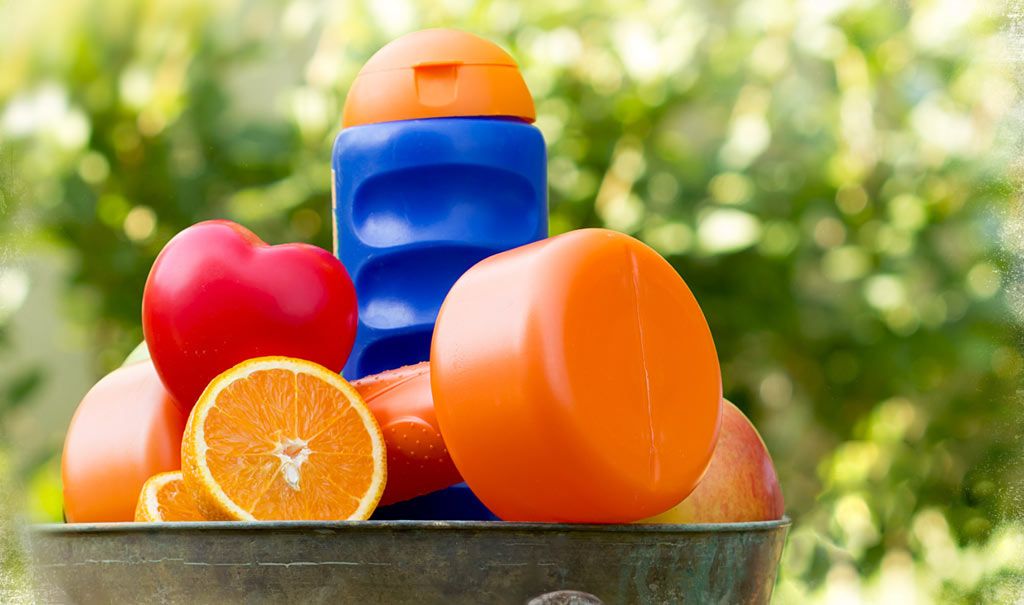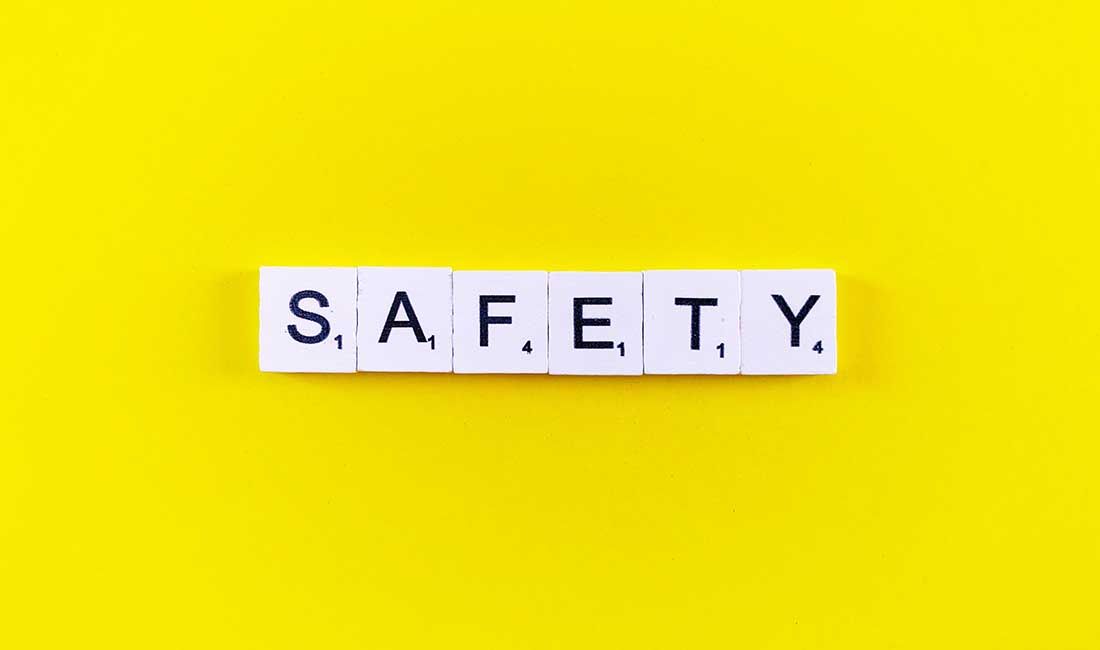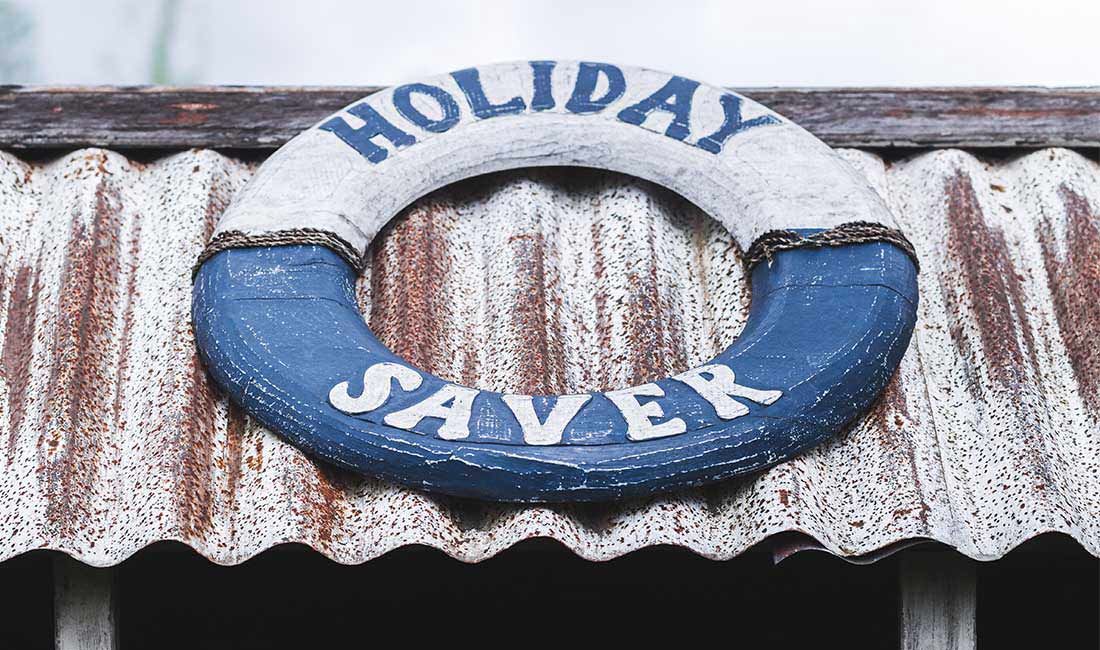Working in Winter: Health & Safety Tips

| W.E.U Admin | Physical Health & Lifestyle
TAGS: Winter, Workplace
The shortest day may be over, but with several months of winter still to come, cold temperatures, rain, hail, wind, snow and fog remain a daily reality. How will these conditions affect your health and safety obligations? Below are five key areas where you can implement extra measures to protect your workers throughout the winter season.
Duties of an Employer
Under the Health & Safety at Work Etc Act 1974, you must ensure, so far as is reasonably practicable, the health, safety and welfare at work of all employees—and anyone else affected by your work, including self-employed workers, contractors, visitors or the public. But how does this apply to working in winter conditions?
1. Assessing Risk
Under the Management of Health & Safety at Work Regulations 1999, you must carry out a “suitable and sufficient” risk assessment year-round. Winter conditions can introduce new hazards, so consider additional controls such as:
- Access to work areas: Will snow, ice or water impede safe entry? If so, can you provide an alternate route or reduce risk by gritting roads and car parks?
- Visibility: Will tasks be performed in darkness? Ensure adequate lighting—or adjust work schedules to daylight hours.
- Snow days: Have you monitored the forecast and set out emergency procedures if conditions deteriorate?
2. Lone Working
In rural or remote settings, lone working poses higher risks in winter. An injury in poor weather can delay rescue and heighten cold-exposure hazards. If lone working is unavoidable, review your risk assessment and introduce winter-specific controls such as:
- Regular check-in procedures to confirm location and well-being.
- Two-person teams for tasks that are safe alone in summer but riskier in winter.
3. Break Times
Under Regulation 12 of the Working Time Regulations 1998, workers on shifts over six hours are entitled to a 20-minute uninterrupted break. Although agricultural continuity exemptions apply, from a health and safety standpoint you should:
- Limit time spent outdoors—provide heated rest areas or hot drinks.
- Remember that young workers (15–18) must receive a 30-minute break if working over 4½ hours.
When indoors, the Workplace (Health, Safety and Welfare) Regulations 1992 require suitable rest facilities and a reasonable ambient temperature. Consider winter enhancements like additional break rooms or warming stations.
4. Slips and Trips
Ice and snow increase the risk of slips and falls on premises and private access routes. In Kennedy v Cordia (Services) LLP (2016), the court held an employer liable for an employee’s fall on a private pathway. To mitigate such risks:
- Include all access areas in your risk assessment, even those outside day-to-day control.
- Provide anti-slip shoe attachments or grit surfaces where workers walk.
5. Personal Protective Equipment (PPE)
Under the Personal Protective Equipment Regulations 1992, you must supply suitable winter PPE—fleeces, gloves, hats and insulated footwear. Key points:
- Ensure additional warm layers remain compatible with existing PPE (ear defenders, harnesses, etc.).
- Regularly assess all PPE to confirm it remains fit for purpose as weather changes.
Impact on Your Business
Except in extreme situations, winter conditions should not halt operations. By adapting processes and procedures—gritting routes, enhancing lighting, scheduling breaks and refining risk assessments—you can keep your workers safe and your business running smoothly until spring’s arrival.
workersofengland.co.uk | Independent Workers Trade Union

















